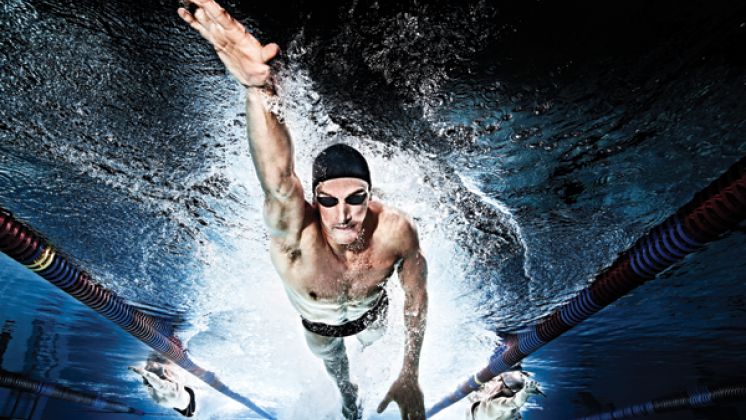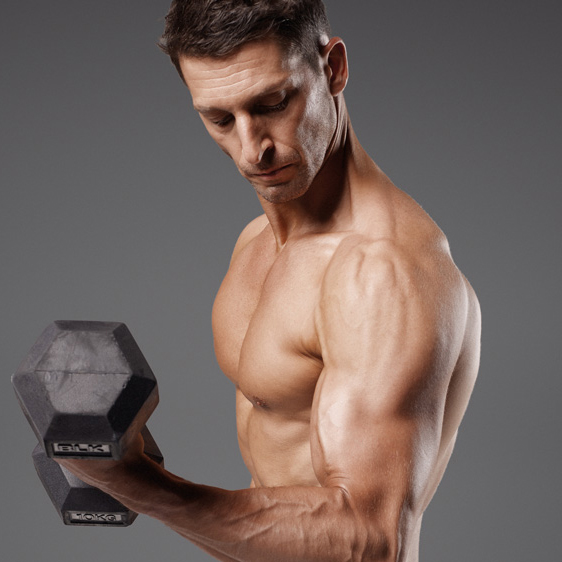Front Crawl Swimming Technique
Train smart and boost your speed with this front crawl masterclass from Olympic triathlete Tim Don

“If you do triathlons then being a good swimmer is really important to getting a great start in races,” says Don. “But even if you'd never consider entering a swimming race, hitting the water on a regular basis is simply a great way to work your upper body and your heart and lungs in a very low-impact way. Swimming is also a great way to spend a recovery session after a heavy run, ride or weights session. Here’s how to perfect your front crawl, the fastest swimming stroke, in these simple steps.”
RECOMMENDED: Benefits of Swimming
Body position
A flat, high body position creates the least amount of resistance. Your head should be still throughout the stroke, unless you're breathing in. When you breathe, pivot your head to one side so that you look no higher that the side of the pool.
Upper-body rotation
Rotating your trunk allows your powerful back muscles to initiate the stroke and rotating properly allows you to achieve a longer reach at the front of the stroke, making each one more efficient. Rotation starts at the shoulders and tapers down the body so your legs should only rotate slightly. Your shoulders should rotate from one near-vertical position to the other, but not as far as 90˚. Imagine a spit running through the middle of your body and rotate around that line.
Kick
Your legs are responsible for around ten per cent of your forward propulsion. Leg kick comes from the hip flexors and glutes, not your knees, and should go no deeper than the depth of your body. Keep your legs close together and as straight as possible. Keep your ankles relaxed and your feet extended for maximum efficiency.
Breathing
Use bilateral breathing, which is taking a breath every third, fifth or, if you have phenomenal lung power, seventh stroke. Breathing on alternate sides will develop a more symmetrical swimming stroke. Focus on rotating your neck to the side, rather than lifting your head high out of the water, which will disrupt your body position and balance.
Arm cycle
- Your hand should enter the water in line with your shoulder, midway between your head and the full extension of your opposite arm.
- Your hand enters the water fingertip first, then your palms travel forward under and parallel to the water's surface. When your arm is fully extended your head should be tucked into your armpit.
- Now pivot at the elbow, rather than the shoulder, and keep your wrist and hand firm to act as a paddle.
- Your hand now passes down your central bodyline, accelerating as it goes. Keep your hand close to your body and finish with your arm fully extended next to your hip.
- The final stage begins with your other elbow exiting the water to begin the next stroke. Keep it high with your hand underneath. Good upper-body rotation will ensure this happens.
Get the Coach Newsletter
Sign up for workout ideas, training advice, reviews of the latest gear and more.

Joe Warner is a highly experienced journalist and editor who began working in fitness media in 2008. He has featured on the cover of Men’s Fitness UK twice and has co-authored Amazon best-sellers including 12-Week Body Plan. He was the editor of Men’s Fitness UK magazine between 2016 and 2019, when that title shared a website with Coach.









